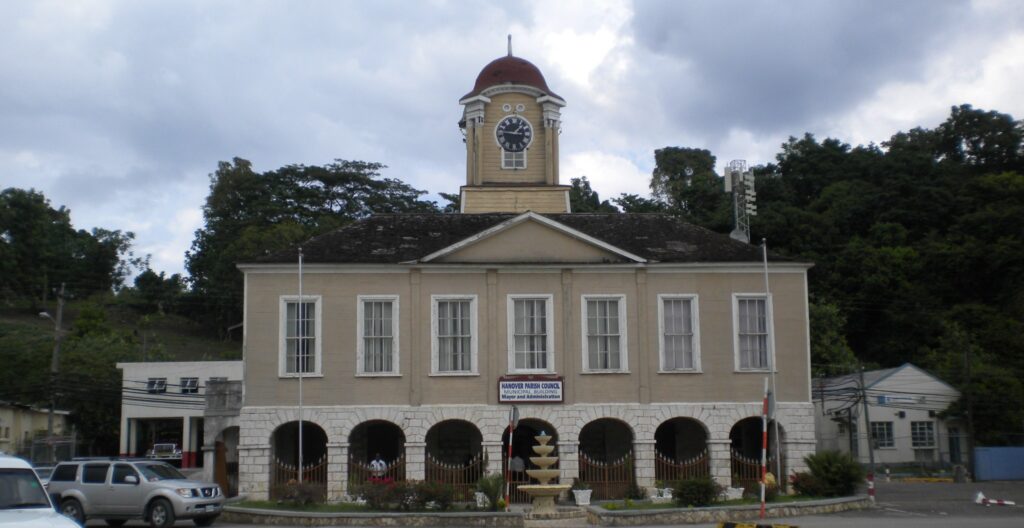
Have you ever received a package that made it to your place by mistake? Well, Jamaica had something pretty similar happen way back in the early 19th century. It all went down in the small coastal town of Lucea (pronounced “Lucy”) in Hanover, Jamaica. Now, the name “Hanover” sounds quite German. You’d be right to assume as such. At this time, there was a heavy European presence in Jamaica—due to a long history of colonialism and slave trading. Thus Jamaica’s second smallest parish had German residents who owned land in its primary township. These residents had ordered a town clock to be erected in Lucea. But as it turns out, there was a mixup in transit.
Lucea Vs. Lucia
As the story goes, the township’s name bore a striking resemblance to St. Lucia in the Eastern Carribbean. A sea captain that was charged to ship a German-gifted clock to St. Lucia confused “Lucia” with “Lucea”; He can hardly be blamed for the mixup, since Lucea had been known as “Lucia” (and a few other similar names) after its establishment. When the clock arrived, after its long journey from Germany, the townsfolk of Lucea refused to let it go. As mentioned—prior to the wrong clock being shipped to their town—Lucean residents had ordered a less extravagant time teller. Since they had already brokered a deal to have their own clock, they paid the difference between the St. Lucia and Lucea clocks and took ownership of their neighbor’s gift (try settling that through UPS). Not long afterward, a local land owner financed the final construction of the clock in 1817.
Still Ticking
In terms of geography Lucea sits between two of Jamaica’s biggest resort destinations, Negril and Montego Bay. Many tourists pass the clock every day—perhaps not knowing the history that’s tied to its most prominent feature. Being over 200 years old, the clock has been upkept really well. Its resemblance to a German Royal Guard helmet denotes its original purpose—to stand as a proud gift from Germany to the population of St. Lucia. Fortunately for Lucea, the misinterpretation of one ship captain’s orders set them up for an iconic piece. Its four dials face out in every direction from the tower the movement resides in. If yourself or anyone you know makes it down to Jamaica, be sure to keep an eye out for it—and an ear out for its chimes. It’s a part of Jamaica’s history with colonialism that has stood through great social change/upheaval. What’s more, it’s a testament to what can be accomplished when something gets sent to the wrong address.

